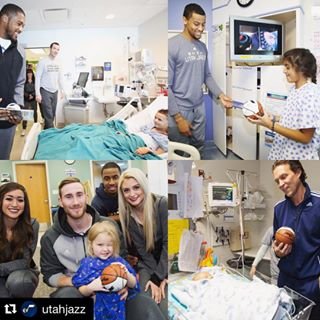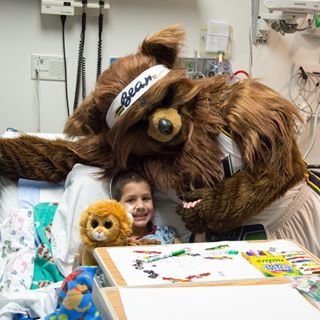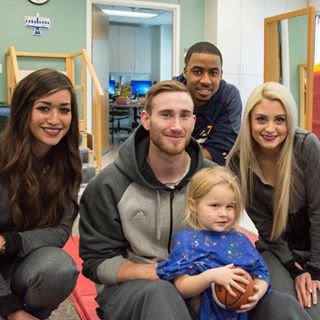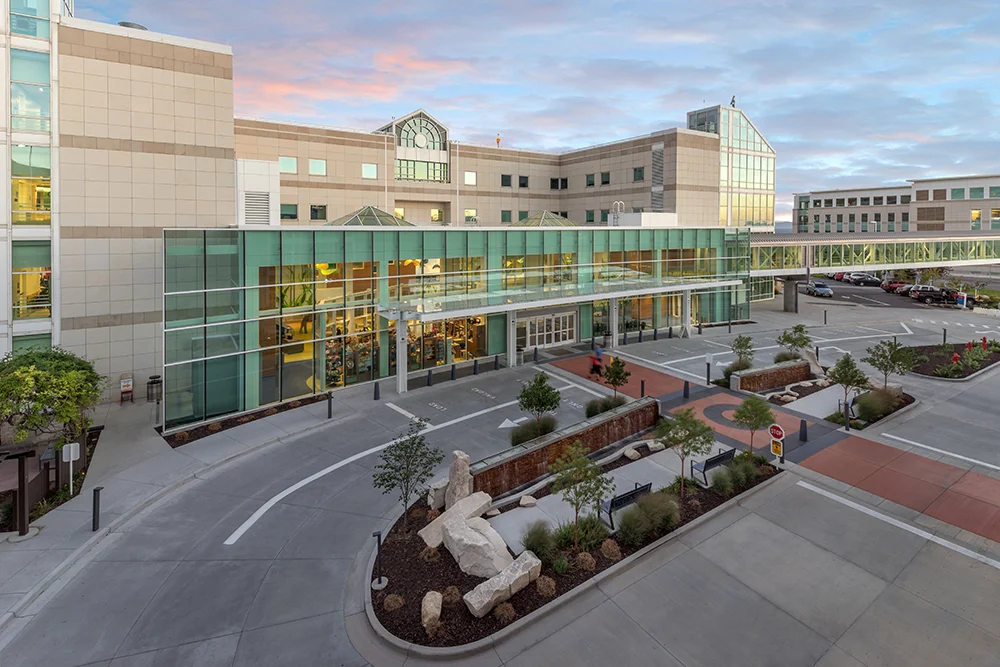More than 30 million children in the U.S. participate in some form of organized athletics each year, with more and more participating in competitive sports leagues. Traveling soccer team rosters are jam-packed, basketball camps run year-round, and football training has become highly specialized–even for little league players. Gymnasts undergo intensive training, and on the slopes, young skiers and snowboarders are flying down the mountain, over jumps, and through the woods at record numbers.
Of course, the increase in youth sports participation has led to a spike in the number of pediatric sports injuries over the past decade—with injuries of the shoulder, hip, and knee especially on the rise.
Warning Signs of Injuries in Young Athletes
- Inability to put weight or pressure on limb.
- Pain continues when not playing sport.
- Comparative weakness from one side to the other.
- Reduced range of motion.
- Changes in form or technique to compensate for pain.
- Can’t move arm or leg because of pain.
Youth sports injuries can be particularly problematic because they may affect growth plates. Growth plates, areas of tissue near the ends of bones, are the weakest part of a young, growing skeleton. Most growth plate injuries occur after a sudden accident, like falling down on a soccer field or after being hit hard in the leg or shoulder, such as when being tackled in football. Young athletes may also sustain growth plate injuries due to overuse, like when gymnasts practice for long hours on the uneven bars or when baseball pitchers work overtime to perfect their curve balls.
Why Orthopedic Surgeons that Specialize in Children and Teens?
In response to the increasing number of youth sports injuries, the specialized field of pediatric orthopedics has grown over the past decade. Primary Children’s Hospital has been at the forefront of this movement. Our two pediatric sports medicine physicians, Stephen Aoki and Travis Maak, specialize in diagnosing and treating sports injuries in children and teens. They are particularly adept at working with injuries to and around growth plates.
Working with a physician that specializes in pediatric orthopedics is important, because sports injuries to children and teens who are still growing are often much different from those same injuries in adults. An adult who falls while running may simply pull a muscle or a tendon, but that same injury to a child may damage or disturb growth plates. This can have lifelong consequences because injured growth plates can lead to crooked or misshapen bones, limbs that are too short, and arthritis.
The seriousness of growth plate disturbances has led to some misconceptions about sport injuries in children. For example, some children with knee injuries have been told that they must stop playing their sport until they finish growing—sometimes three or four years—before the knee can be repaired. This is not necessarily true. At Primary Children’s, we have a variety of treatment options to treat young adult sports injuries—options that allow children to heal and get back out on the field. Dr. Aoki and Dr. Maak diagnose and effectively treat thousands of pediatric sports injuries each year.
When our specialists evaluate sports injuries, particularly to growth plates, our primary focus is to provide a course of action that will repair the injury with minimal risks. The first look is always toward a non-operative treatment option—a combination of rest and physical therapy. When non-operative options are not sufficient, surgery may be recommended. Rest assured that our surgical outcomes rank among the best in the country. At Primary Children’s, we do everything that can be done to ensure that kids can get back to playing the sports they love as soon as possible—stronger and healthier than ever.
About the Author
Share This Article
Search Our Blog
Our Instagram
 primarychildrens
205
Likes
1
Comments
primarychildrens
205
Likes
1
Comments
 primarychildrens
259
Likes
primarychildrens
259
Likes
 primarychildrens
210
Likes
2
Comments
primarychildrens
210
Likes
2
Comments
 primarychildrens
223
Likes
primarychildrens
223
Likes
 primarychildrens
250
Likes
2
Comments
primarychildrens
250
Likes
2
Comments
 primarychildrens
400
Likes
5
Comments
primarychildrens
400
Likes
5
Comments
 primarychildrens
329
Likes
2
Comments
primarychildrens
329
Likes
2
Comments
 primarychildrens
307
Likes
8
Comments
primarychildrens
307
Likes
8
Comments

Recent Posts
- Pediatric Liver Transplant Program Celebrates 200 Lives Saved and 20 Years December 30, 2015
- Is it the Cold or the Flu? December 18, 2015
- Play it Safe Outside this Winter December 15, 2015
- 10 Tips for Choosing Safe Toys this Christmas + [Infographic] December 10, 2015
- The Air We Breathe: Protecting Your Kids During an Inversion December 3, 2015
Our Most Popular Posts
 Why Kids Shouldn’t Wear Bulky Coats in Car Seats 485 views
Why Kids Shouldn’t Wear Bulky Coats in Car Seats 485 views  Play it Safe Outside this Winter 34 views
Play it Safe Outside this Winter 34 views  Pediatric Liver Transplant Program Celebrates 200 Lives Saved and 20 Years 30 views
Pediatric Liver Transplant Program Celebrates 200 Lives Saved and 20 Years 30 views  Ear Infections: Why Antibiotics Aren’t Always the Answer 29 views
Ear Infections: Why Antibiotics Aren’t Always the Answer 29 views  “It Takes an Army of Heroes . . . ” A Parent’s Perspective on Tragedy 27 views
“It Takes an Army of Heroes . . . ” A Parent’s Perspective on Tragedy 27 views  Get Your Head in the Game: 4 Steps to Fight the Flu 27 views
Get Your Head in the Game: 4 Steps to Fight the Flu 27 views ![10 Tips for Choosing Safe Toys this Christmas + [Infographic] 10 Tips for Choosing Safe Toys this Christmas + [Infographic]](../wp-content/uploads/wordpress-popular-posts/4452-featured-15x15.jpg) 10 Tips for Choosing Safe Toys this Christmas + [Infographic] 27 views
10 Tips for Choosing Safe Toys this Christmas + [Infographic] 27 views  On Childhood Cancer: Perspectives of a Pediatric Oncologist 27 views
On Childhood Cancer: Perspectives of a Pediatric Oncologist 27 views  It’s Never Safe to Leave Your Child Alone in a Car 27 views
It’s Never Safe to Leave Your Child Alone in a Car 27 views  10 Reasons Why Exercise is Important for the Whole Family 26 views
10 Reasons Why Exercise is Important for the Whole Family 26 views
Archives
- December 2015 (5)
- November 2015 (8)
- October 2015 (8)
- September 2015 (2)
- August 2015 (1)
- July 2015 (3)
- June 2015 (2)
- May 2015 (2)
- March 2015 (3)
- February 2015 (2)
- January 2015 (2)
- November 2014 (1)
- October 2014 (1)
- September 2014 (3)
- August 2014 (2)
- July 2014 (4)
- June 2014 (2)
- May 2014 (4)
- April 2014 (6)
- March 2014 (4)
- February 2014 (1)
- September 2013 (1)
- February 2013 (1)
- June 2012 (1)














Add comment